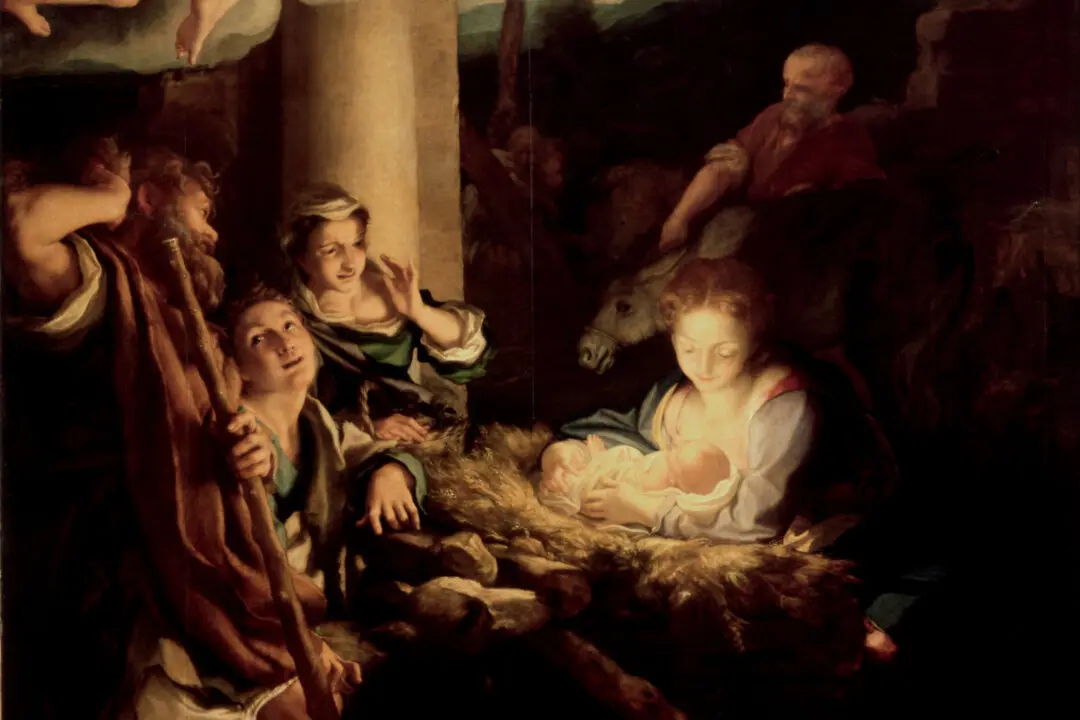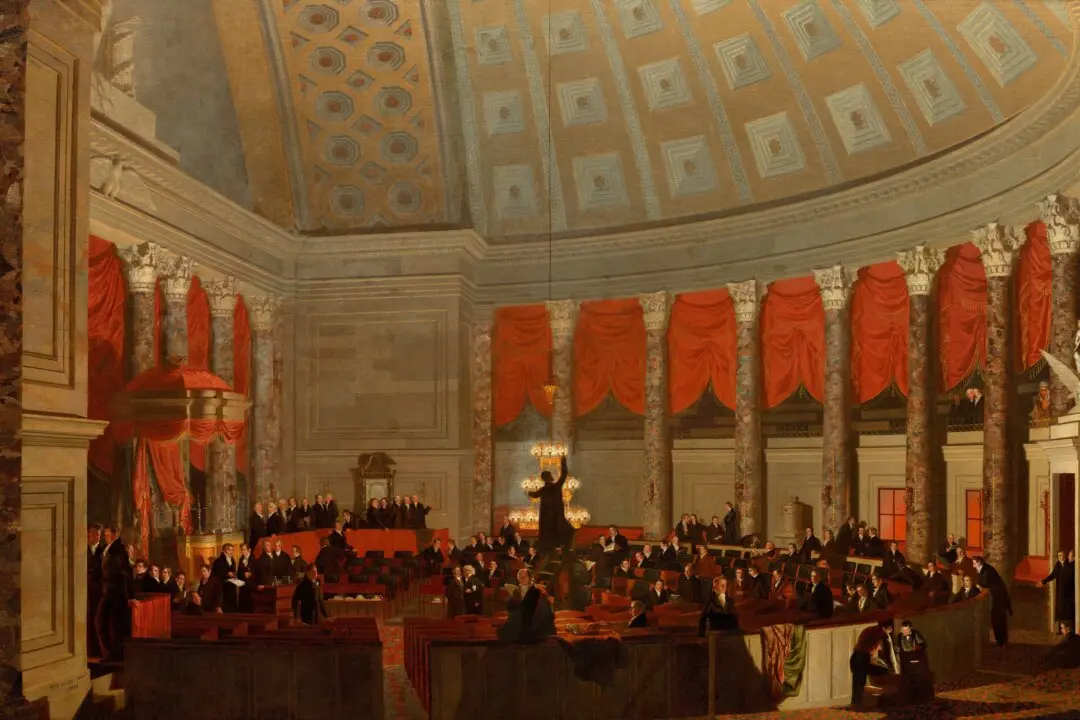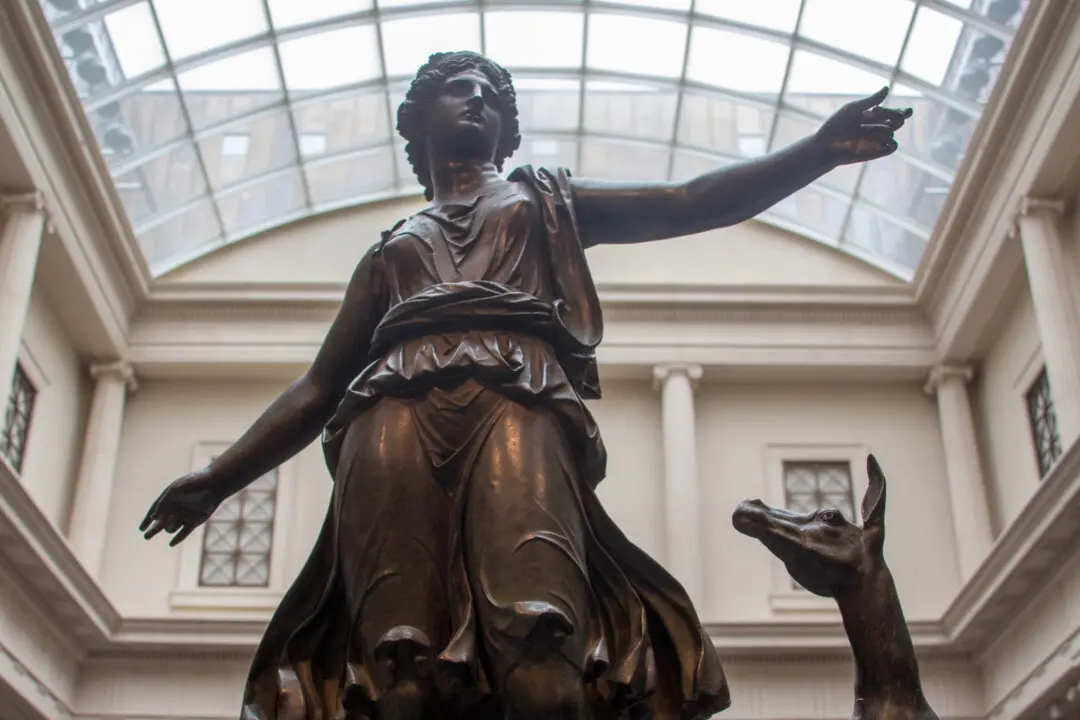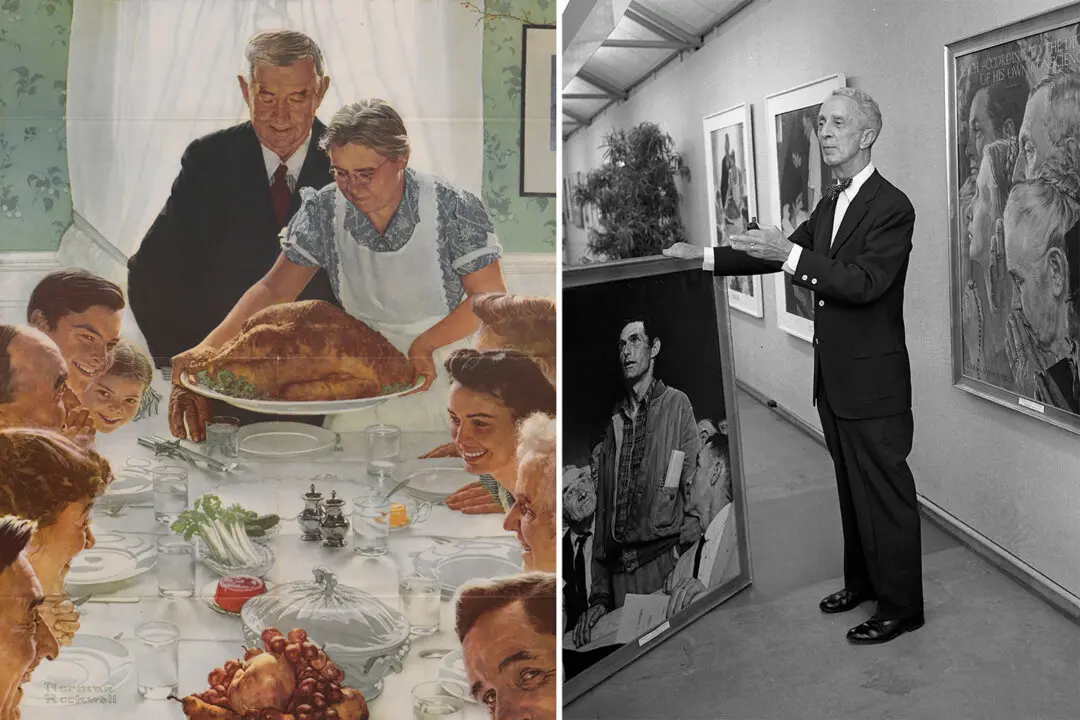John Singleton Copley (1738–1815), John Trumbull (1756–1843), and Gilbert Stuart (1755–1828) are three of the most important early American artists. Their work captured scenes of colonial, revolutionary, and post-independence America—especially through their portraiture of the country’s founding fathers.
Patriots Samuel Adams, Dr. Joseph Warren, and John Adams were all from the colony of Massachusetts and played pivotal roles in the fight for independence. They are remembered by posterity to differing degrees, which some 21st-century biographies have fittingly corrected.





